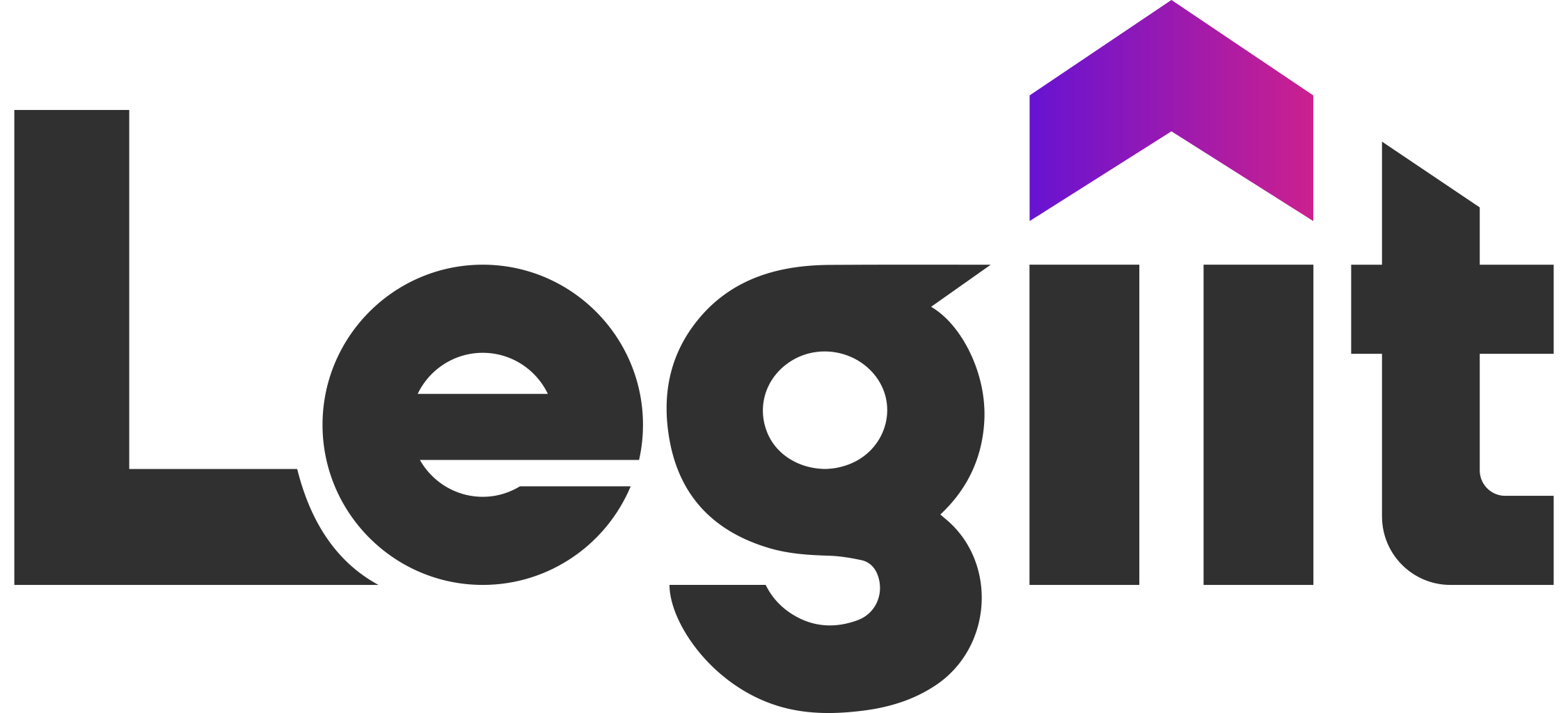Optimizing e-commerce site navigation is crucial for enhancing user experience and improving search engine optimization (SEO). A well-structured navigation system enables users to find products effortlessly while ensuring search engines can crawl and index the site more effectively.
Below are a few key strategies to optimize your eCommerce navigation for SEO:
Implement a Clear and Hierarchical Structure
Organize your eCommerce site content in a logical hierarchy, starting with broad categories that narrow down into specific subcategories. This structure helps users and search engines understand the relationships between different pages.
For example, a main category like "Men's Clothing" can have subcategories such as "Shirts," "Pants," and "Accessories." This approach enhances user experience and ensures that search engines can index all relevant pages.
Use Descriptive and Keyword-Rich Labels
Ensure that navigation labels are descriptive and incorporate relevant keywords. This practice not only aids users in understanding what each section entails but also provides search engines with context about the content of each page.
For instance, instead of using generic labels like "Products," opt for specific terms like "Men's Running Shoes" or "Women's Yoga Apparel." This also helps Google search, understand and rank category and product pages in search results.
Optimize URL Structure For Search Engines
Create clean, descriptive, and keyword-rich URLs that reflect the site's hierarchy. Avoid using complex parameters or unnecessary characters.
A well-structured URL not only improves SEO but also enhances user trust and click-through rates. For example, a URL like "www.yourstore.com/mens-clothing/shirts" is more effective than "www.yourstore.com/category?id=123."
Implement Breadcrumb Navigation
Breadcrumbs provide a secondary navigation aid, showing users their location within the site's hierarchy. They enhance user experience by allowing easy backtracking and help search engines understand the site's structure.
Ensure breadcrumbs are visible and structured correctly to maximize their SEO benefits. This also helps mobile users easily navigate the site.
Ensure Mobile-Friendly Navigation Across Category Pages
Today with a significant portion of users accessing e-commerce sites via mobile devices, it's essential to have a responsive design. Simplify navigation menus for smaller screens, use touch-friendly elements, and ensure that all navigation features are easily accessible on mobile devices.
This practice not only improves user experience but also aligns with search engines' mobile-first indexing.
Utilize Internal Linking Strategically
Incorporate internal links within product descriptions, blog posts, and other content to guide users to related products or categories. This practice distributes link equity throughout the site and helps search engines discover and index pages more efficiently.
For example, linking from a blog post about summer fashion trends to relevant product categories can enhance both user engagement and SEO.
Optimize Footer Navigation
The footer often contains links to important pages like "About Us," "Contact," "Privacy Policy," and popular product categories. Including a well-structured footer with relevant links can aid in SEO by providing search engines with additional pathways to discover content. However, avoid overloading the footer with too many links, as this can dilute link equity.
Monitor and Analyze User Behavior
Utilize analytics tools to track how users interact with your site's navigation. Identify drop-off points, pages with high bounce rates, and areas where users seem to get lost.
You can then use this data to make informed adjustments to your navigation structures with user behavior and preferences.
Final Word
Optimizing e-commerce site navigation is a multifaceted process that requires careful planning and continuous evaluation. By implementing a clear hierarchical structure, using descriptive labels, ensuring mobile compatibility, and strategically utilizing internal links, you can enhance both user experience and SEO performance.
Regular monitoring and adjustments based on user behavior will further ensure that your navigation remains effective and aligned with best practices.














 Download
Download